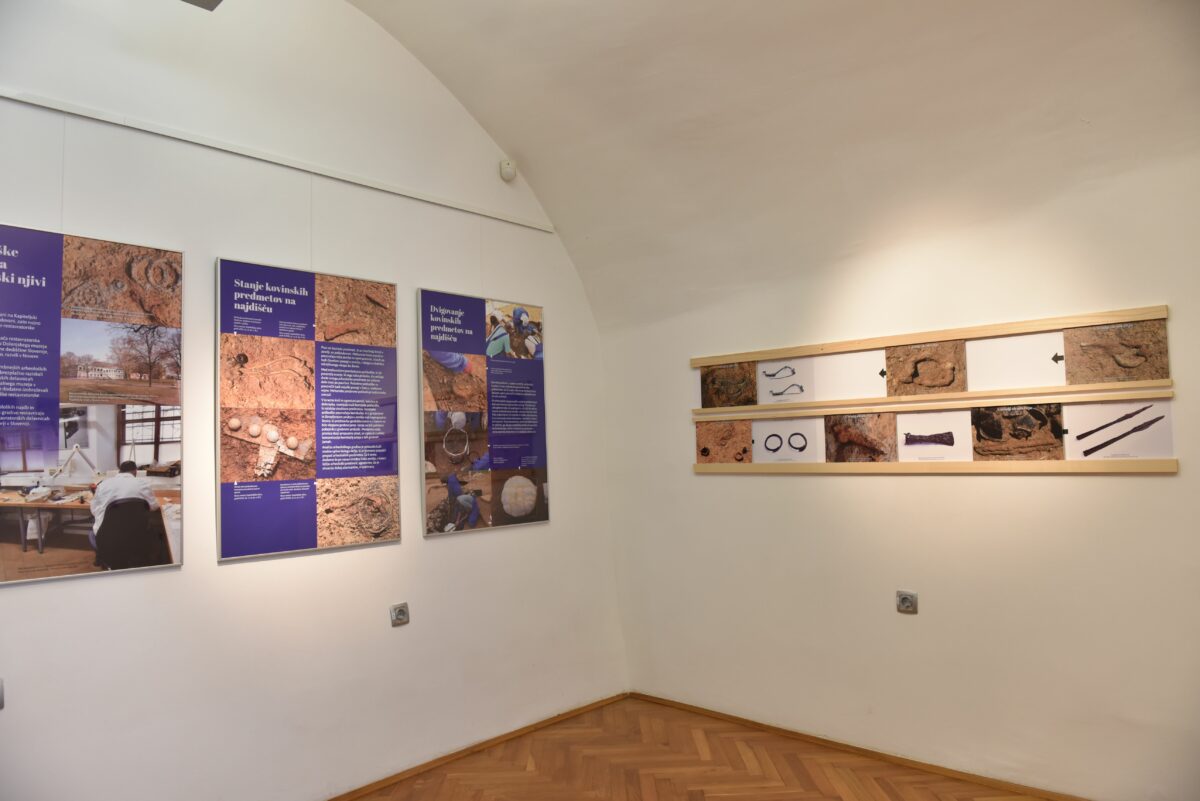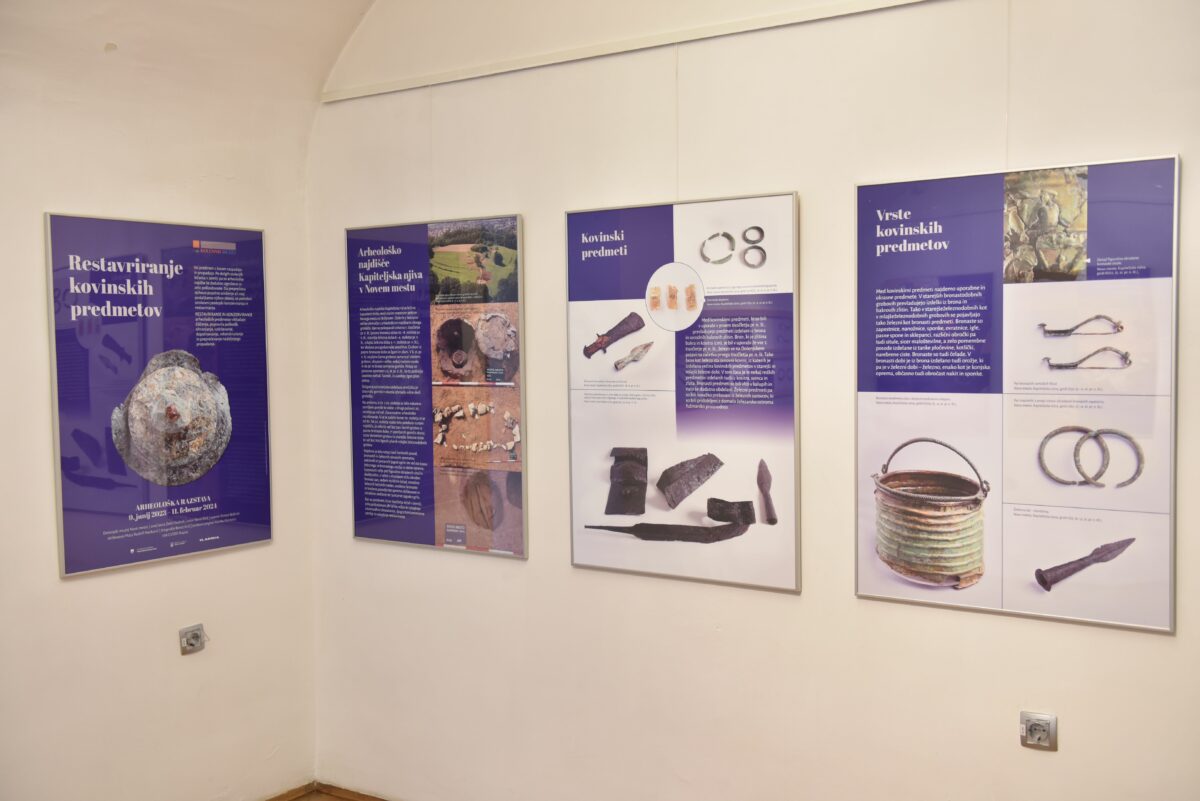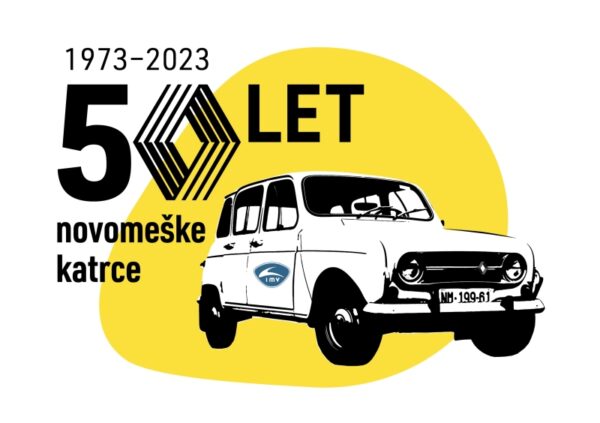- Location: Knezova soba
Objects decay and deteriorate over time. Professional conservation and restoration procedures are needed to prevent total destruction and at least prolong the life of archaeological finds.
The restoration and conservation of archaeological artefacts involves cleaning, repairing damage, preservation, maintenance, supplementation, reconstruction and prevention of further deterioration. Among the metal objects in use in the second millennium BC, objects made of bronze and related copper alloys predominate, while iron appears in Dolenjska at the beginning of the first millennium BC. Both bronze and iron are the basic metals from which the majority of metal objects were made in the older and younger Iron Age. Only a few rare objects are also made of tin, lead and gold at this time. The metal objects found in the ground are brittle and lacking of any strength, the bronze objects are mostly covered with a green patina and are generally damaged, and the iron objects are damaged beyond recognition, as they are mostly preserved only in the form of corrosion. During archaeological excavations, they are lifted together with the surrounding soil and transferred to a restoration workshop for further processing.
The exhibition presents both the procedures with metal archaeological objects at the Kapiteljska njiva site in Novo mesto and the restoration interventions on them. They are shown in photographs and with the objects in various stages of processing. The 50 archaeological objects presented are either stored in museum depots or have just been restored and are on public display for the first time.















